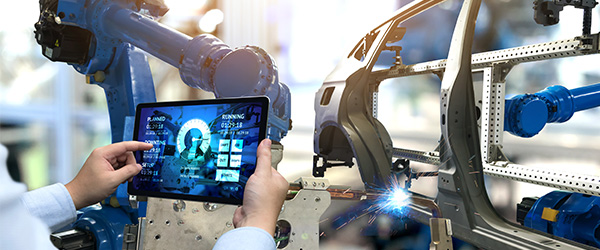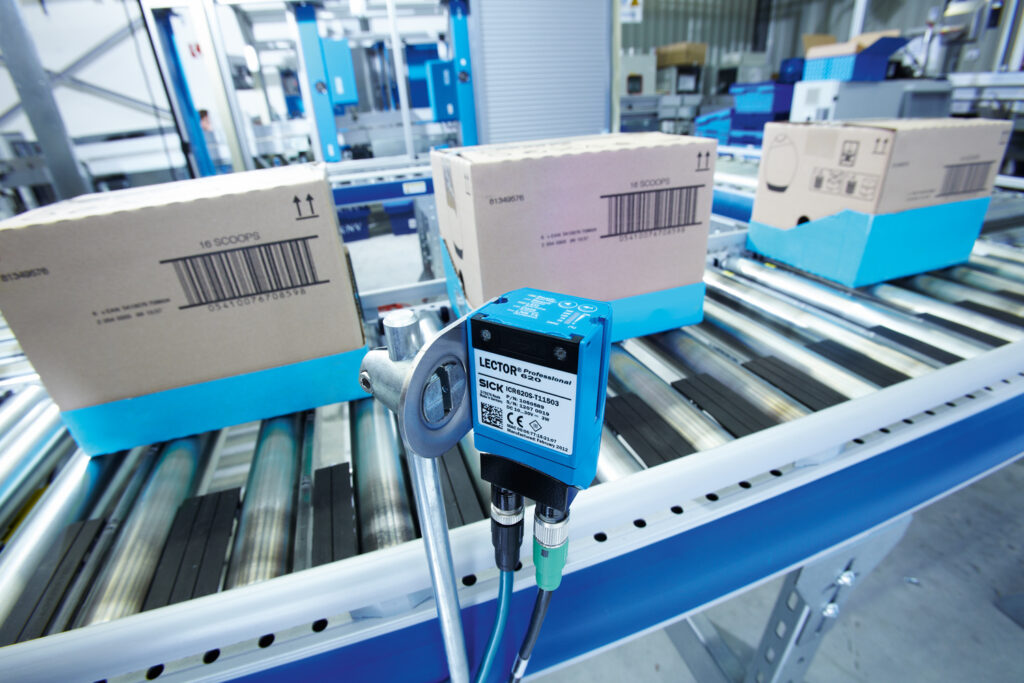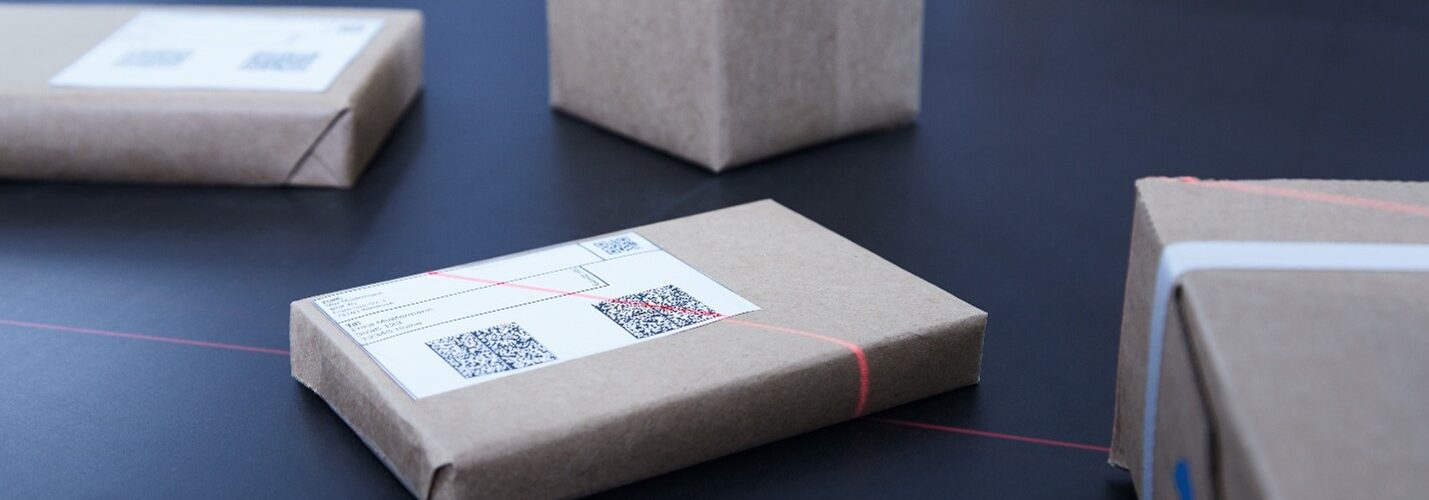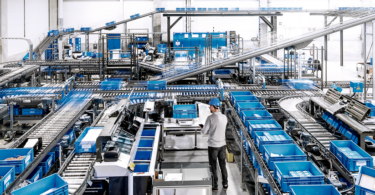The ins and outs of handling your warehouse supply chain with inbound logistics
Efficient management of inbound logistics is crucial for optimizing supply chain processes and ensuring a smooth flow of materials within a business operation. It helps minimize delays, reduce costs, and improves overall operational efficiency. But there’s a LOT that goes into said smooth flow of materials and supply chain processes. So let’s break it down: what does inbound logistics entail, exactly? And what does inbound even mean?
What does Inbound mean?
In the logistics and industrial automation industry, “inbound” generally refers to the movement of goods, materials, or products coming into a facility or location. This can include the transportation, handling, and storage of items as they enter a warehouse, distribution center, or manufacturing plant.

The importance of inbound logistics + how to optimize
In the dynamic realm of logistics and industrial automation, the efficiency of inbound operations is a key determinant of overall supply chain success. Streamlining the movement of goods as they enter a facility is essential for minimizing delays, reducing costs, and ensuring seamless operational workflows.
We offer a range of innovative products and systems designed to elevate inbound operations to new heights. Some of these products and systems include…

Robot Guidance for Palletizing and Depalletizing
Our vision solutions, including PLB, Visionary-S, and Visionary-T mini, revolutionize the palletizing and depalletizing processes. The 3D vision sensor precisely determines the position and dimensions of parcels on conveyor belts or pallets, transmitting this information to the robot controller.
This enables the robot to adapt its gripping position dynamically, efficiently handling objects of various sizes. During palletizing, the 3D vision sensor checks the packing format against stored data in the controller, ensuring accuracy and reliability in the process.
Reduction in Object Spacing with WLG

Maintaining precise distances between individual items on a conveyor is critical for downstream processes and optimizing facility space. The WLG (Wide Light Grid) solution addresses this challenge with extremely short response times, making it suitable for high-speed conveyor operations.
The reflex light grids feature polarizing filters that suppress negative effects caused by reflecting surfaces, ensuring reliable performance even in challenging environments.
Automated Package Identification with Lector65x System
The Lector65x track and trace system excels in automated package identification, offering quick and precise parcel detection. Designed for optimum throughput and maximum read rates at high belt speeds with small gaps between objects, this system is based on the Lector65x 2D vision camera.
With high-resolution images, it supports video coding, optical character recognition (OCR), and can identify and decode multiple adjacent objects simultaneously. The versatility of the track and trace system allows seamless integration with other SICK solutions, such as image-based code readers, volume measurement systems, fixed mount barcode scanners, and weigh scales.

What about Inbound cargo?
Incorporating advanced sensor solutions into inbound operations not only enhances accuracy and efficiency but also future proofs your logistics processes. The synergy of advanced vision technology and automation ensures that your facility operates at the forefront of innovation, adapting to the evolving demands of the logistics landscape. But there’s another important aspect of inbound logistics: inbound cargo.
When it comes to “inbound cargo,” it specifically refers to the goods or merchandise that are being transported into a facility or arriving at a particular destination. This could involve shipments from suppliers, manufacturers, or other sources, and the management of inbound cargo typically includes tasks like unloading, inspection, and storage within the facility.

Why is Inbound cargo important?
Efficient handling of inbound cargo is the linchpin of a well-oiled logistics operation, and our sensor solutions offer a suite of products designed to elevate the precision and reliability of cargo management. From dimensioning and weighing to scanning and localization, our systems are tailored to meet the evolving demands of inbound cargo processing.
Cost-effective Dimensioning, Weighing, and Scanning with DWS Dynamic

Our DWS Dynamic Eco track and trace system presents a cost-effective solution for dimensioning, weighing, and scanning that adapts seamlessly to varying shipment throughput, codes, and object dimensions. The modular DWS system, equipped with manual in- and outfeed in its basic version, utilizes mobile handheld scanners for label reading.
A scale and volume measuring head accurately determine weight and dimensions, with an optional integration of an IP camera for object imaging. As operational requirements evolve, the system can easily incorporate laser or image-based code readers, motorized conveyors, and additional volume measuring heads within the existing framework. The DWS Dynamic Eco, legally certified for trade, not only facilitates master data collection but also enables precise freight cost calculations.
Streamlining Booking Processes with Tag-LOC System

Our Tag-LOC System leverages data collected by Ultra-Wideband (UWB) localization systems and Industrial Internet of Things (IIoT) gateway systems. The Asset Analytics software processes and interprets the localization data and timestamps from connected systems, automating booking processes like stock keeping in ERP systems.
The integration of localization data enhances efficiency, enabling logistics professionals to make informed decisions based on real-time cargo location information.
Enhancing Safety with Object Detection Systems
Safety is paramount in inbound cargo operations, especially when it comes to industrial trucks navigating within a facility. We address this concern with the Backup Assistance System and Drive Assist System (DAS) for rear area monitoring and object detection. The Backup Assistance System is a cost-effective solution for retrofitting on industrial trucks, providing real-time detection of obstacles in the vehicle's path. Acoustic and visual signals alert the driver, preventing potential collisions. The DAS, integrated directly into the vehicle controller, offers a tailored solution for different vehicle types and usage scenarios. It allows customizable warning functions or interventions in the vehicle controller, such as speed reduction or vehicle stopping, to ensure a safe working environment.
Smart sensors + inbound operations
Incorporating smart sensor solutions into inbound cargo processes not only enhances operational efficiency but also reinforces safety measures, making it a strategic choice for businesses aiming to optimize their cargo management operations.
Want to learn more about elevating your inbound operations?





